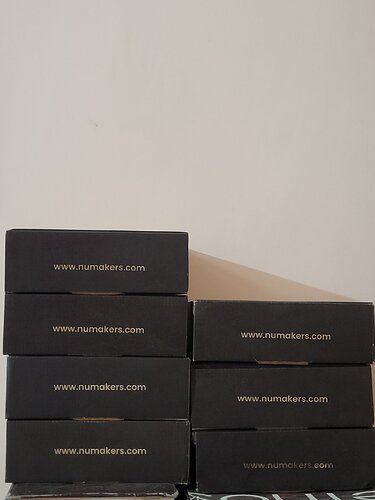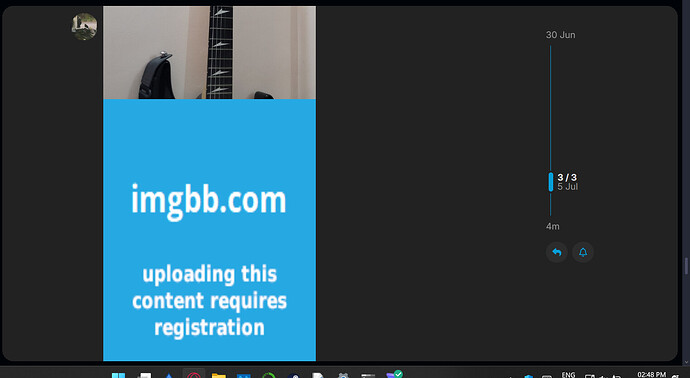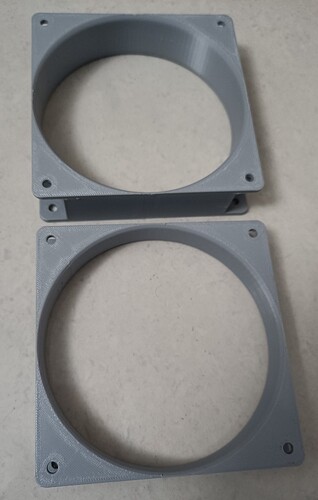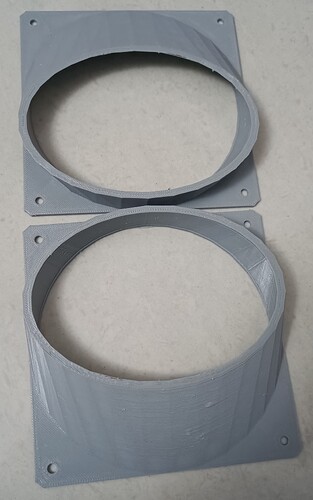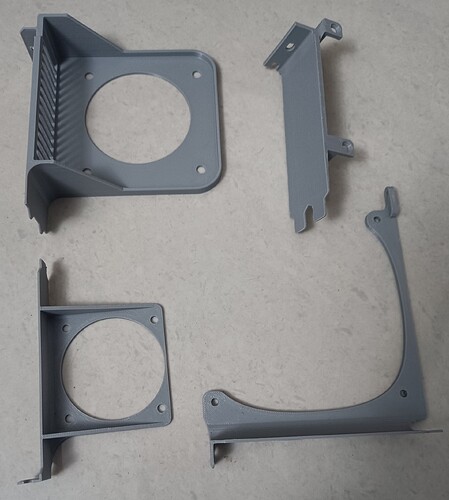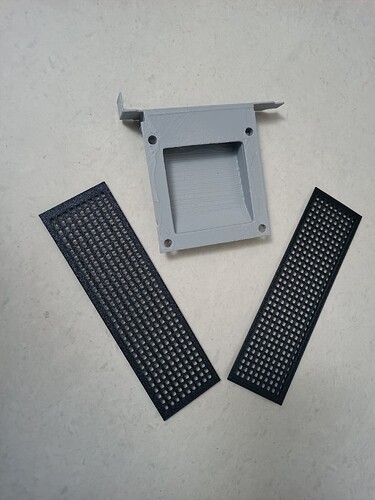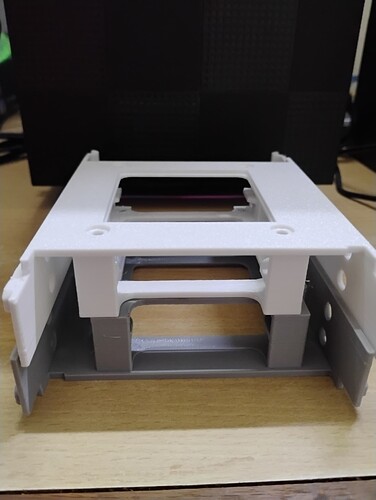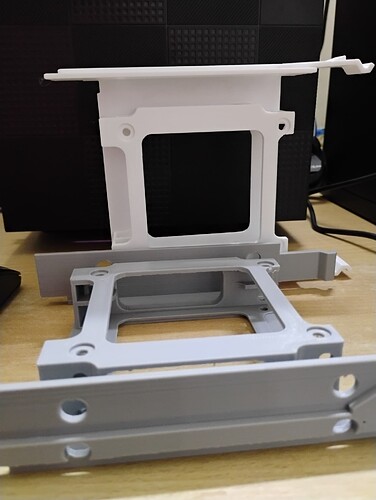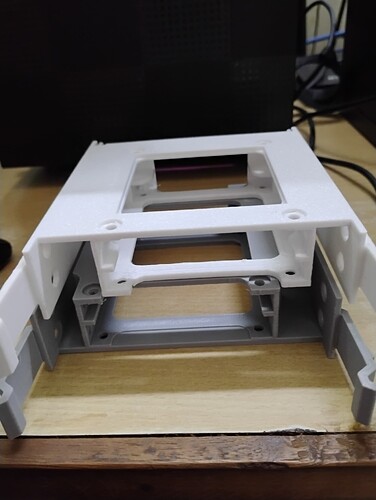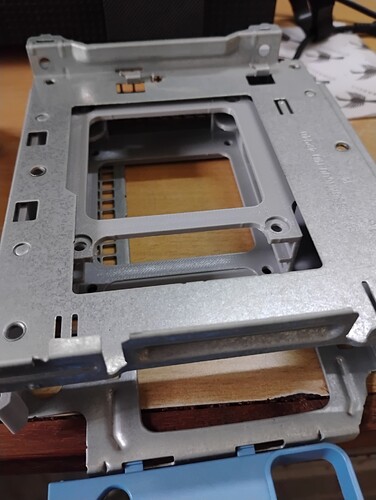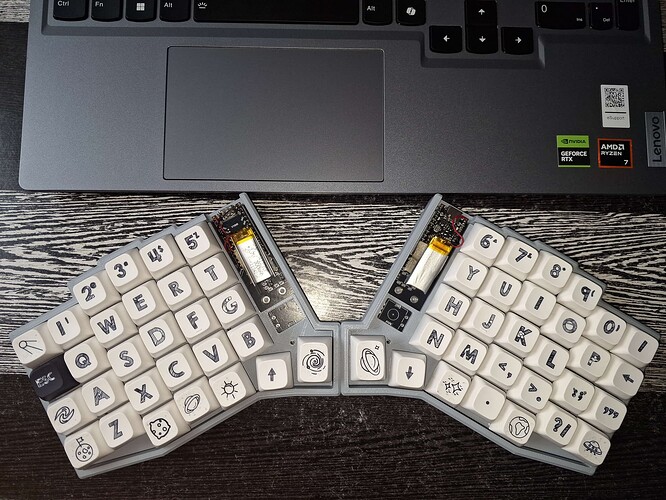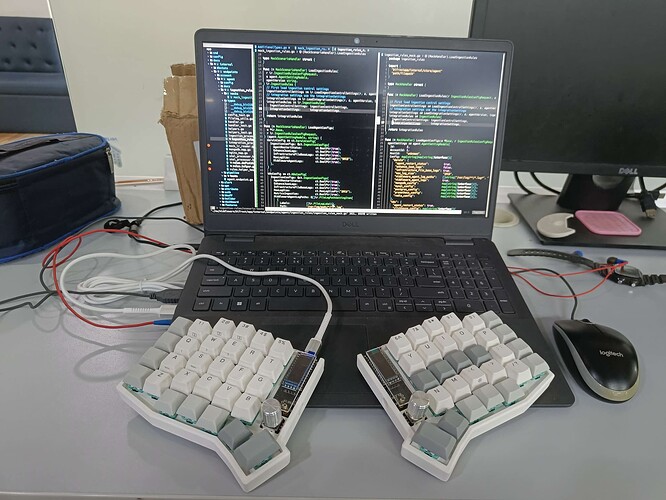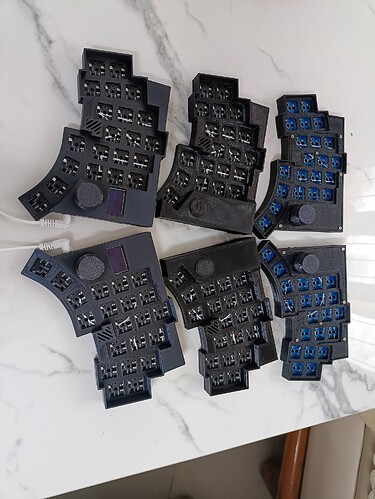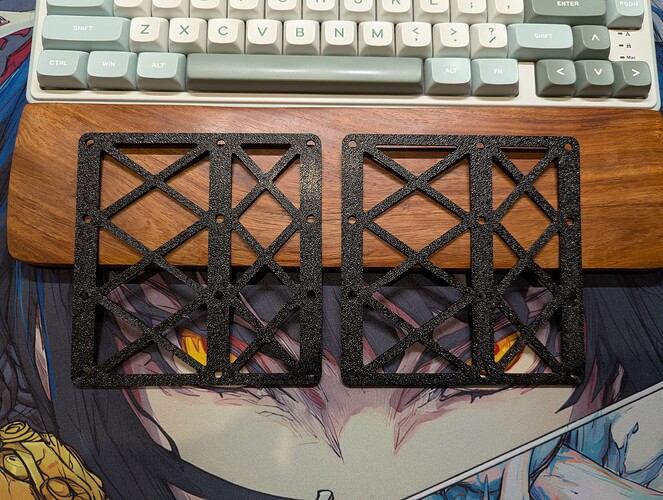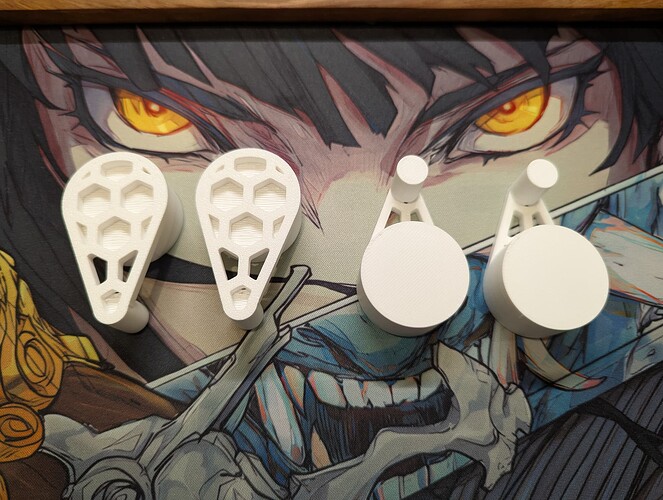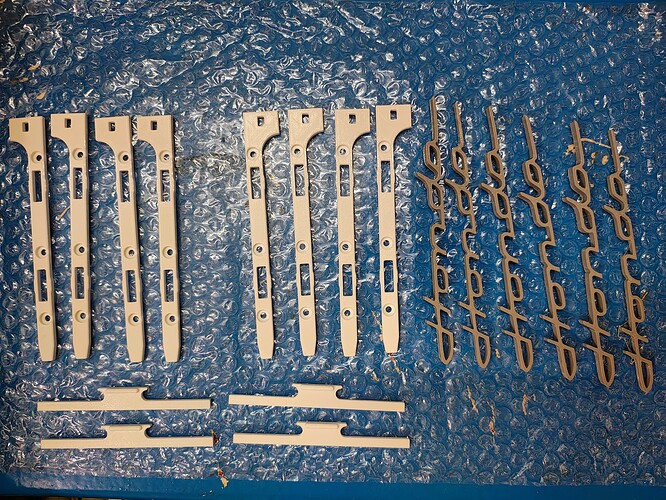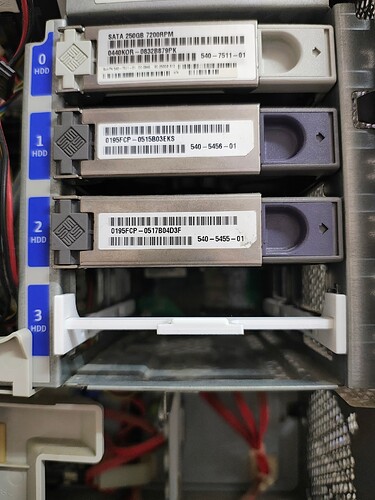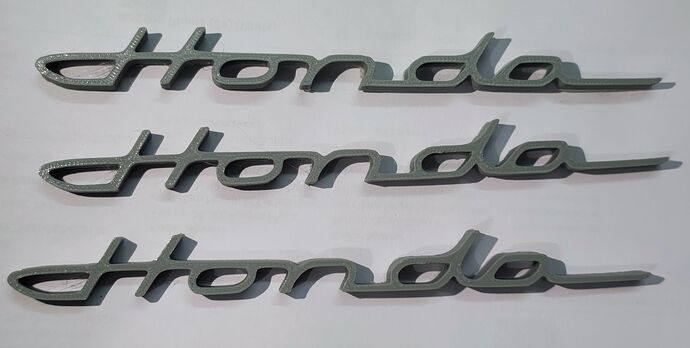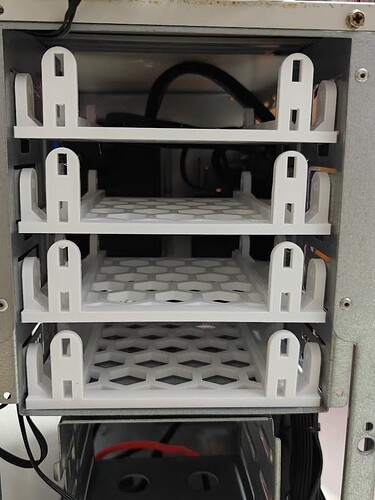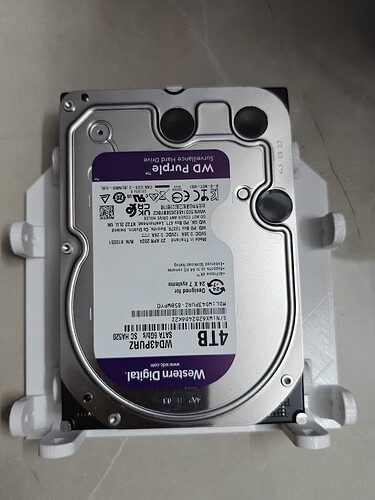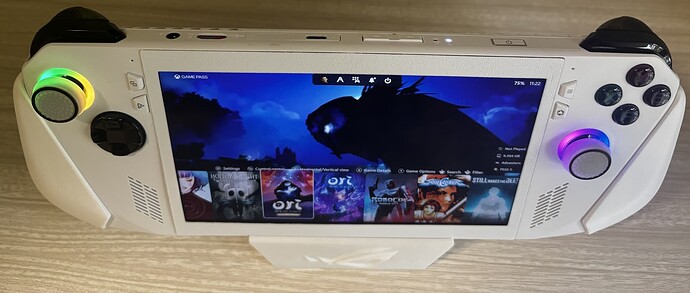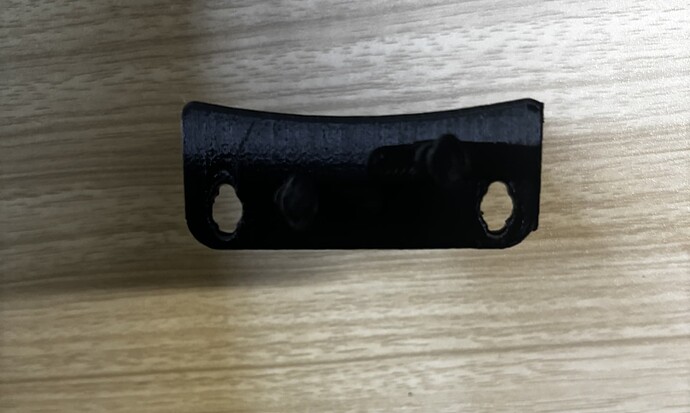Hello everyone!
It’s been great connecting with so many of you interested in 3D printing! I’m updating this post with clearer details on my services, pricing, and FAQs.
Please reach out to me via the DMs for order-related queries.
To view reviews and feedback from past 3d printing orders, please visit my profile.
You can find ny old 3D printing thread (old TE) here.
Currently putting together a small gallery of personal and ordered prints that I’ll be sharing here soon.
The Printer
I now have a Bambu Lab A1 with a generous print bed size of 256 x 256 x 256 mm³. This means I can print much larger models for you!
The printer supports PLA, PETG, and TPU, although I am currently stocking only PLA and PETG filaments.
Filament Materials & Colors (Currently in Stock)
-
PLA: ₹2/gram
- White
- Black
- Light Pink/Beige
- Salmon Pink
- Teal
- Olive/Army Green
- Dark Grey
- Light Grey
-
PLA Matte: ₹2.2/gram
- Red
- Blue
- Bubblegum Pink
-
PETG: ₹2.5/gram
- Black
- White
- Light Grey
-
PLA Marble: ₹2.5/gram
- White
Pricing Structure
My pricing aims to be transparent and covers material, electricity, wear & tear, failed prints, and a small margin for my time and effort.
-
Base Fee: ₹100 per order (This covers setup time and basic handling, regardless of the number/size of prints within the order).
-
Material Cost:
- PLA (Standard): ₹2 per gram
- PLA Matte: ₹2.2 per gram
- PLA Marble: ₹2.5 per gram
- PETG: ₹2.5 per gram
Frequently Asked Questions
-
How do I send you the 3D files?
- You can send me the 3D files (preferably .stl or .3mf) via DM. Please specify if you have any preferred print settings or if you’d like me to use my optimized settings.
-
Can you design 3D models for me?
- Please note that I do not offer custom 3D modeling services beyond very basic/small changes. I require the final 3D model files to print.
-
How can I estimate the material usage/weight of a print?
-
You can browse popular models and get an idea of their weight at:
- MakerWorld
- Printables
- Thingiverse
- Yeggi (An aggregator site that shows models from various sources)
(Do note that the final weight is typically more because I print with stronger default settings)
-
-
Do you offer multicolor prints?
I do not have AMS but can do basic multicolor prints by adding manual pauses or printing components separately.
-
What is a “print bed size”?
The print bed size (256 x 256 x 256 mm³) refers to the maximum dimensions (length x width x height) of an object that my printer can create. If your design is larger than these dimensions, it would need to be split into smaller, printable parts that can then be assembled.
-
What is your policy on shipping?
- For local pickup, you can collect your prints personally in Lucknow, Uttar Pradesh.
- For PAN India shipping, I can ship items at cost. Shipping costs will be agreed upon based on the size of the shipment and distance.
-
How should I send order-related queries?
- Please send all order-related queries directly via DM (Direct Message) to keep this thread clear for general inquiries and avoid clutter.
About Materials & Usage
-
What kind of things can be 3D printed?
- The possibilities are vast! People print anything from functional parts like brackets, gears, and custom enclosures, to artistic models, figurines, prototypes, cosplay props, and even organizational tools for their homes. If you can design it (or find a design for it), it can likely be printed within the printer’s size limits.
-
How strong are 3D printed parts and models?
The single biggest factor deciding the strenght of a 3D printed part is its design – that matters more than any other setting or material. I print with the expetation that all load-bearing 3D prints will fail at some point, it could be 3 months or 12 months, but if it is poorly designed parts, it will break much sooner.
-
Can you design 3D models for me?
- Please note that I do not offer custom 3D modeling services beyond very basic/small changes (e.g., resizing, simple cuts). I require the final 3D model files (like .stl or .3mf) to be able to print. If you need a model designed, I recommend checking online communities for freelance designers!
-
Why is pricing “per gram”? How much does that usually cost for small items?
- Pricing per gram ensures fairness and transparency, as it directly reflects the amount of material used for your specific print. For small items, the cost is usually very low! For example, a small keychain might only weigh 5-10 grams, costing around ₹10-₹20 (plus the base fee). A larger, more complex item will naturally use more material and cost more.
-
What are the different filament materials you offer, and when should I choose one over the other?
-
I currently stock PLA, PLA Matte, PLA Marble, and PETG.
-
PLA (Polylactic Acid): This is the most common and easiest filament to print. It’s great for general-purpose models, decorative items, prototypes, and parts that don’t need to withstand high temperatures or significant stress. It’s rigid but can be brittle. It deforms around 50-60°C.
-
PLA Matte: Similar properties to standard PLA but with a non-glossy, matte finish that can hide layer lines better and looks more professional.
-
PLA Marble: Also similar to standard PLA in properties, but infused with specks that give it a stone-like, marble appearance, perfect for aesthetic prints.
-
PETG (Polyethylene Terephthalate Glycol): A more durable and flexible plastic than PLA. It’s more temperature-resistant (up to about 80°C), stronger, and less brittle. Ideal for functional parts, outdoor use, and items that need to withstand more wear and tear. It can be a bit trickier to print than PLA.
-
-
While my printer also supports TPU (Thermoplastic Polyurethane), a very flexible and rubber-like material, I am not currently stocking it. It’s excellent for items like phone cases, flexible joints, or anything that needs to bend or be soft. Let me know if you’re interested in something and I can place an order.
-
-
What is “infill” and how does it affect my print?
“Infill” refers to the internal structure of your 3D print. Instead of printing an object as a solid block of plastic, the printer creates an internal pattern (like a honeycomb or grid) at a specified density.
Lower infill means the print is lighter, generally weaker, and has poor structural integrity. Lower & default values are at 15% infill. I will print items by default at 25% infill for strength, unless specified otherwise in instructions.
Another equally (or arguably more) important setting is Walls. In essence, more walls = more rigidity and strength. Default is 2 walls but I print at 4 walls for increased durability, unless specified otherwise in instructions.
-
What’s the turnaround time?
Turnaround time mostly depends on how many orders I already have but I can typically ship out orders in 2-3 days for smaller orders and 5-7 days on much larger orders.
Notices & Updates
TechEnclave Forum Migration: Since we’ve just recently updated to the new platform, I am still getting used to everything and the features. I wanted to get this post up and running so people can reach out.
I will contiune to update this post with pictures and more details in the coming days (currently typing this at the Mahindra service center lol).
